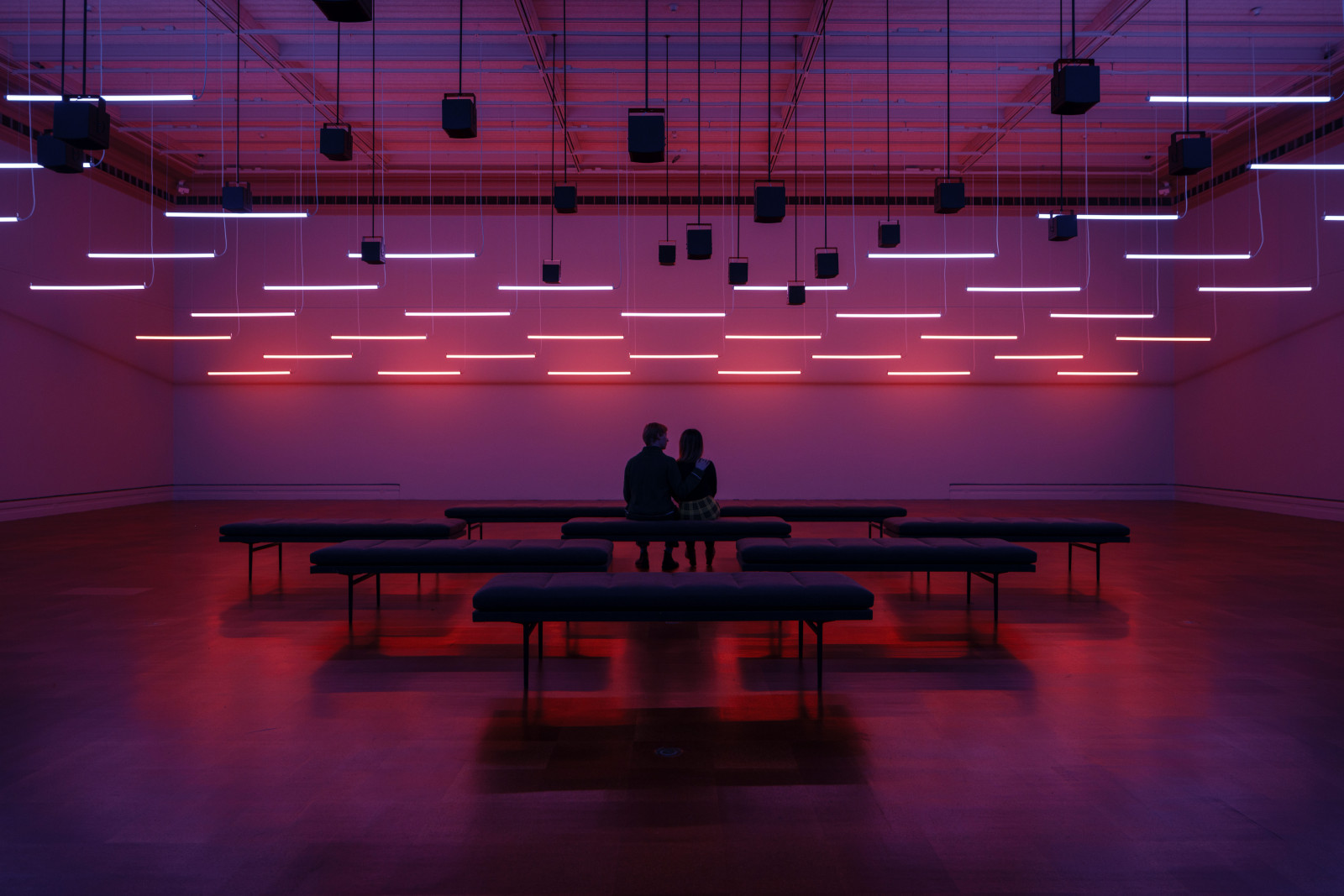Pagoda Organ Clock
Pagoda Organ Clock
ArtistMovement attributed to
James Cox
(British (London))
Place of OriginEngland
Dateabout 1780
Dimensionswith stand, H: 40 in. (101.6 cm)
Mediumgilded bronze
ClassificationMetalwork
Credit LinePurchased with funds from the Libbey Endowment, Gift of Edward Drummond Libbey
Object number
1968.76A-B
Not on View
DescriptionGilded bronze clock on lacquered wood stand
Label TextFrom the late 1500s to the late 1700s, when European nations were establishing colonies in Asia, contacts between China and Europe entered a period of complex change. These contacts produced significant cultural exchanges and appropriations, but also resulted in misconceptions and stereotypes. Europe became enamored of Chinese forms and designs, and a style known as chinoiserie permeated the decorative arts. This large pagoda-shaped clock may have been made for James Cox, who contracted goldsmiths to make intricate clockwork curiosities (automata) for customers in China and India. This clock, festooned with tiny golden bells, is one of the most elaborate chinoiserie timepieces made in England. Inside its three tiers is a clock mechanism that is coupled with a tiny automated bellows organ. The central tier has an enameled dial at the front, while the panels on the other three sides have miniature Chinese land- and seascapes with mechanical moving parts. When the clock chimed every quarter hour, the ships in the tower “sailed” on the sea, and, in a curious mix of “oriental” influences, the organ plays English pseudo-Arabic melodies.Published ReferencesDucan, Sally Anne, Otto Wittmann: Museum Man for All Seasons, Toledo, 2001, repr. (col.) p. 19.
Toledo Museum of Art, Toledo Museum of Art Masterworks, Toledo, 2009, p. 210, repr. (col.).
metalwork, 1200-1225; rock crystal, 820-860
n.d.
about 1770-1775
about 1745-1749

Membership
Become a TMA member today
Support TMA
Help support the TMA mission












